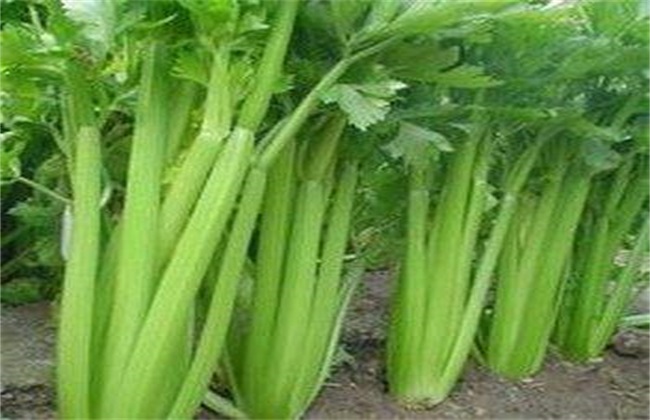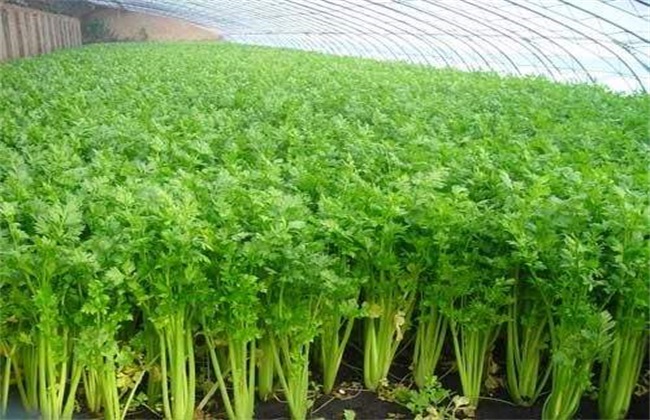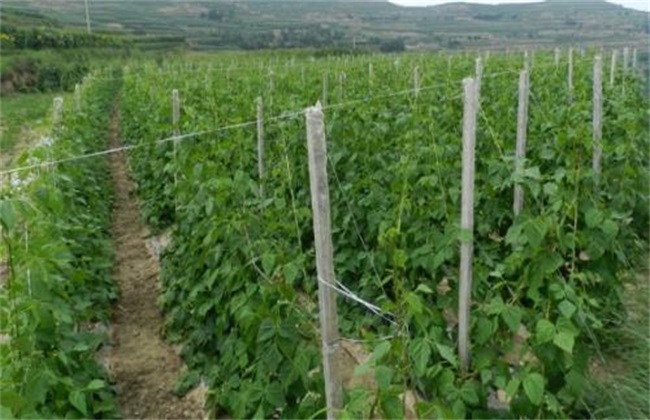Field management methods of celery
Celery is a kind of side dish that many people like very much, and it is no different from this celery in essence. Celery because of the increase in market demand, the demand for production is naturally increasing. When growing celery, if you want to increase the output, then you must do a good job in field management, how to do it? The following editor brings you the field management method of celery, let's have a look!

1. Seedling stage management
The seedling management of celery is very important, when the emergence reaches about 80%. The grass curtain should be properly opened every evening to promote ventilation, or appropriate shading measures should be built on it, and then the sunshade net should be opened when the sun is about to set. With the growth of seedlings, the time of shading can be shortened and the amount of light absorbed by seedlings can be increased. Then carefully managed, generally speaking, the seeds will emerge after about ten days of sowing. When the seedlings grow to 5 leaves, the row spacing is kept at about 45 cm, and then watered once after planting.
2. Fertilizer and water management
The growth ability of celery is very strong, has a long growth cycle, and the yield is relatively high. Therefore, the demand for water and fertilizer in the growth is relatively large, so we should apply sufficient base fertilizer before planting. Topdressing should be done well in the whole growth period of celery, and the frequency and amount of fertilizer should be adjusted reasonably according to the growth stage and soil fertility of celery. Water is watered once in about 4 days to ensure that the soil is not white. One week after planting, topdressing was done every half a month, and urea and diamine phosphate were the main fertilizers. Stop watering a week before harvest to avoid affecting the storage of celery.
3. Ploughing and weeding
Celery enters the slow seedling stage about 2-3 weeks after planting. At this time, attention should be paid to reducing the amount of water and keeping the soil moist. About a month after the slow seedling stage, the growth rate of celery decreased significantly. At this time, we should do a good job in ploughing and weeding, avoid soil consolidation, ensure that small water can drip through the soil, improve soil permeability, and promote the growth and development of celery roots. Then weeding is carried out to prevent too many weeds from affecting the growth of celery. But it can't get rid of it all and provide some shading measures for celery.
4. Pest control
The pest control of celery is also a management work that needs to be done well. The common diseases and pests of celery are spot blight, aphids and so on. When we plant, we must disinfect it regularly and check the growth of celery. Good control of fertilizer and water, not excessive, to prevent fertilizer damage, waterlogging caused by diseases and insect pests. We should properly understand the symptoms and control methods of several common diseases and insect pests of celery. For example, in the occurrence of spot blight, it is necessary to use chlorothalonil or carbendazim and other agents for spray control, once a week, lasting for a month, and so on. Be able to check out the specific reasons in time, and then take corresponding measures.
The above is a brief introduction to the field management of celery. Western celery can be harvested when it grows to about 40cm. We should pay attention to the harvest time, not too early and too late, otherwise it will have a serious impact on the yield of celery. That's all for today's introduction. This article is for reference only. I hope it can help you all.
Related
- Where is it suitable to grow horseradish in China? it is expected to see the middle altitude horseradish in Alishan.
- How to prevent tomato virus disease reasonably? (Control methods included)
- Many people like to plant towel gourd on the balcony. What are the main points of this method and management?
- What crops can chili peppers be mixed with?
- Fertilization techniques and matters needing attention in Tomato
- What are the grafting techniques for peach seedlings in spring?
- Harm and control methods of root swelling disease of Chinese cabbage
- What are the pests of sweet potatoes? How to prevent and cure it?
- Symptoms, causes and Control methods of navel Rot in Tomato
- The cause of "Cucumber rotten bibcock" in Farmers' planting Cucumber and its Control Plan



